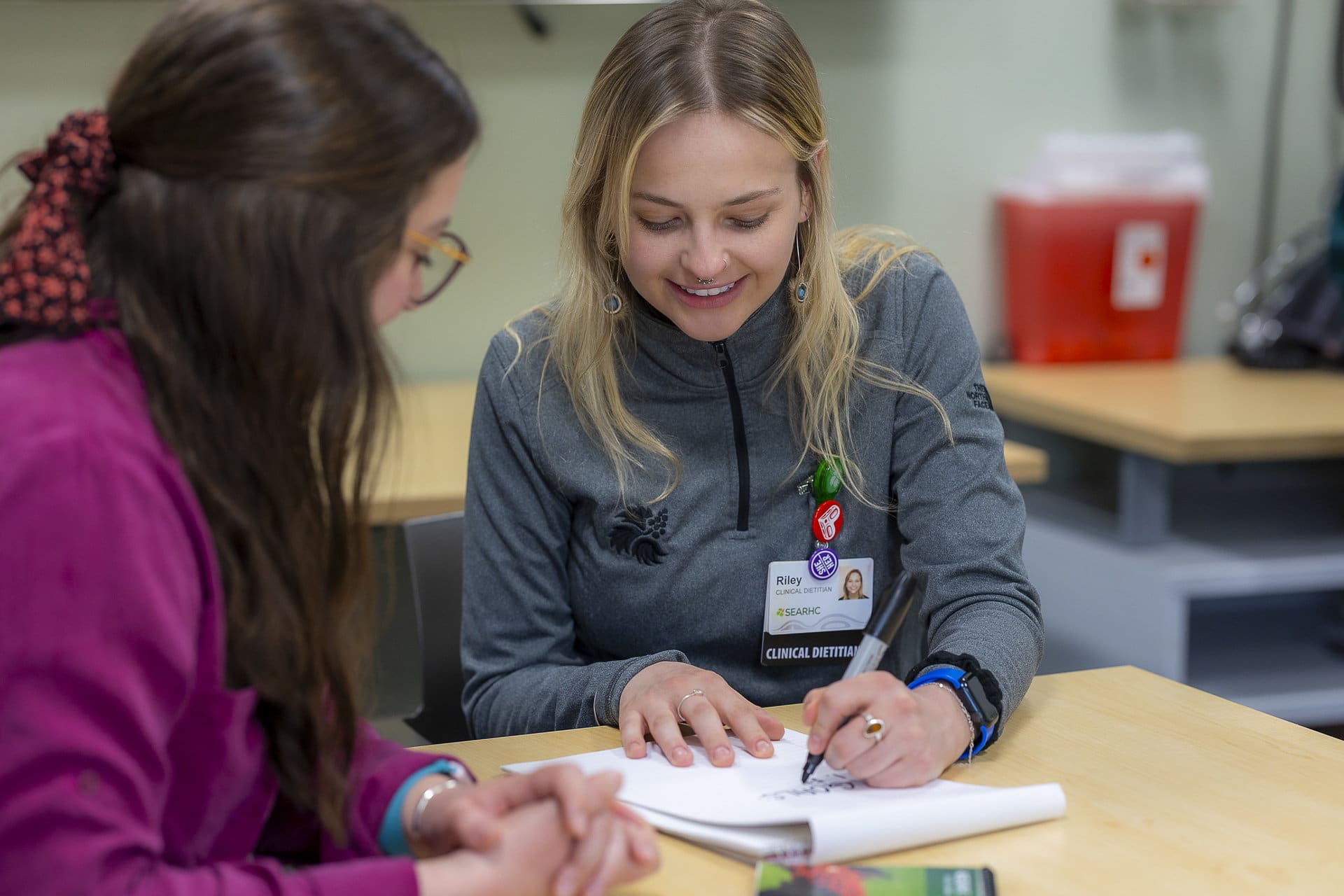Find a Page


Searching for:
404
Welcome to SEARHC. We’re sorry, but the page you’re trying to reach cannot be found. This may be due to a change in the link URL, or the page may have been removed. Please explore the options below to find what you’re looking for.

post | Why Do We Need to Eat a Colorful Diet?
You may have heard that colorful fruits and vegetables contain antioxidants (aka cancer-fighting nutrients) and it’s important to include them in our diet. Walking into a grocery store, you may be overwhelmed trying to decide which fruits and vegetables you should choose. Are there ones…